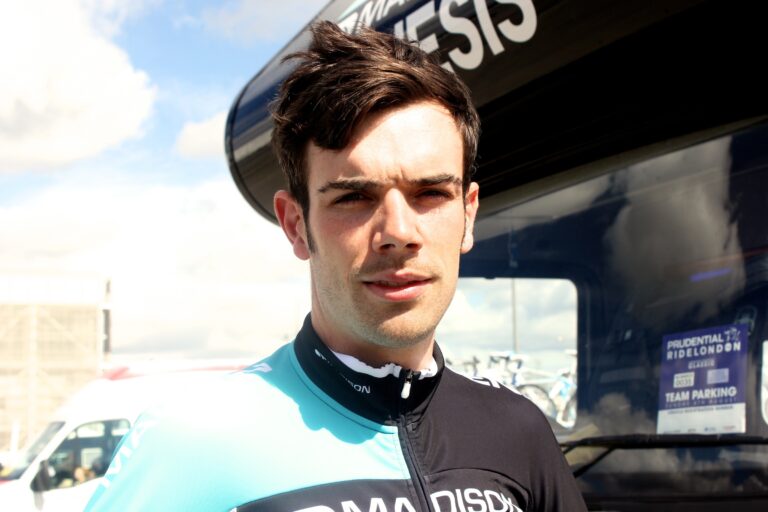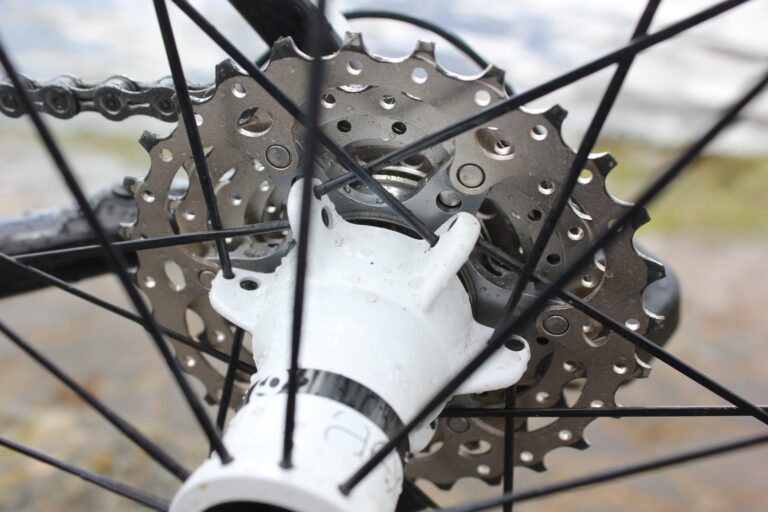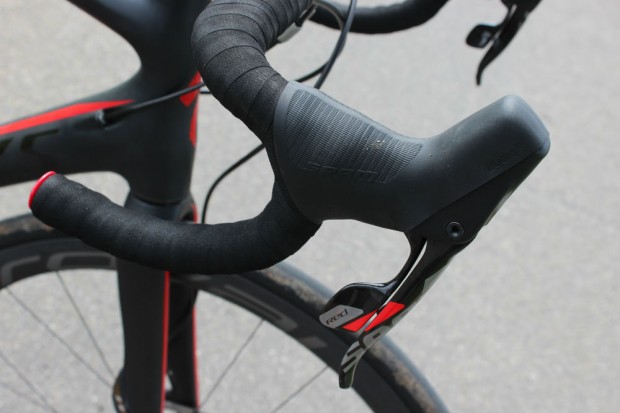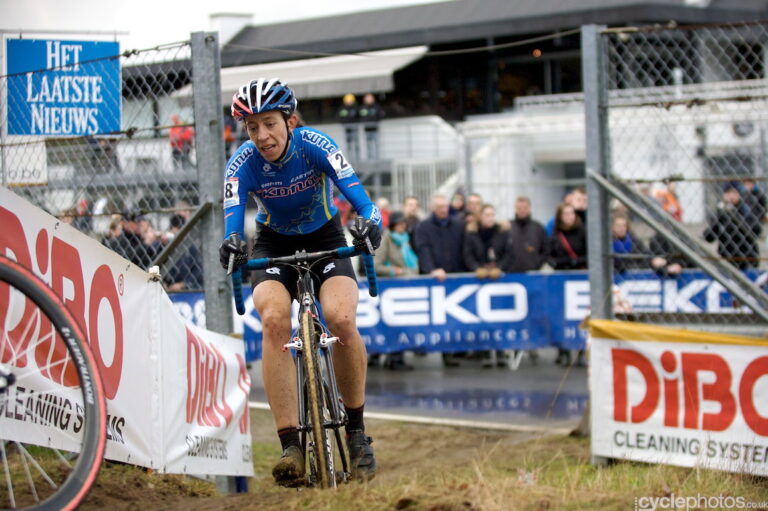Aluminium, largely abandoned by the bicycle industry as a material for frame construction in favour of carbon fibre, is enjoying a renaissance.
Its return to prominence began as a cost-effective alternative to mass produced, composite frames at the entry-level, but has quickly escalated to its use at the cutting edge. This year’s Eurobike show, for example, featured many high-end, aluminium machines, from respected marques such as BMC and De Rosa, among others.
The metal machine that commanded the greatest attention in Friedrichshafen, however, was Specialized’s new S-Works Allez – the first aluminium chassis to command a place in the Morgan Hill concern’s top tier for a decade.
The brains trust behind the machine – one made with Specialized’s new, proprietary SmartWeld – includes Chuck Teixeira, an engineer whose experience with the material stretches back to 1984, and the beginning of a 28-year career with Easton Aluminium, where he became the company’s first bicycle and motorcycle engineer.
So why has aluminium returned to cycling’s spotlight? And why have senior engineers at one of the world’s biggest bike brands, including Chris D’Aluisio, the man behind the Specialized Venge, returned to the material for the construction of a flagship machine after such a long hiatus?
For Teixeira, aluminium’s most appealing quality is its low weight. This is not an unmixed blessing, however. “Stresses in a frame are very complex and vary dramatically throughout the frame,” he says. “If you truly understand and know what places need extra material and which places do not you can then tune the design to be perfectly optimized.” It was this knowledge that brought Teixeira success at Easton. Time spent learning “the rules” of working with aluminium offers a distinct advantage, he says.
Instead of offering a general comment on the ride quality of aluminium bicycles, Teixeira focuses his observations to the S-Works Allez, whose performance he describes variously as “lively” and “bright”. “You can feel the road, but in a good way,” he concludes. “I like knowing what’s going on under my wheels.” He contrasts the ride of the S-Works Allez with some carbon frames, which he says can deliver a “muted ride”, and feel “almost dead, like a block of wood.” Teixeira, however, is keenly aware of the performance advantages of composite frames. “Carbon is uniquely great at being extremely stiff without being harsh,” he says. “This is something no metal can do because vibrations do not resonate in carbon like they do in metals. Ever see a carbon wind chime?”
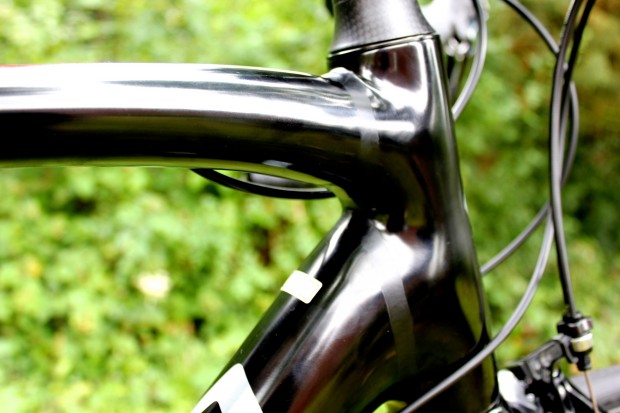
The Smartweld lies at the heart of the S-Works Allez. Put simply, the ends of the downtube and top tube are rolled, and joined at a ‘valley’ filled with weld material. What began as a cosmetic treatment, one that allowed the use of large fillets like those seen on Specialized’s carbon frames, quickly established its credentials as a method of strengthening the weld and thereby stiffening the ride. Teixeira is also quick to praise its ease of use to the welder, an advantage he hopes will inspire new welding standards. “We know that if we make the welding easy then the quality will ultimately improve,” he says.
The romantic notion of the welder imbuing his creation with something of his spirit is one that Teixeira rejects. The process of laying up a carbon frame is a far more ‘hands on’ process, he believes, and offers the example of an engineer carefully placing over a hundred carbon swatches, all by hand. “The performance of a composite frame is very much controlled by the worker and their ability to accurately place every ply in the perfect location without a wrinkle or mistake,” he says. By contrast, a poor weld will not change the ride characteristic of an aluminium frame, he continues, but can fail, making it a critical part of the construction. The same might be said of the heat treating process: done well, it will serve its function, but not add anything to the quality of the ride. Done badly, and the frame could prematurely bend or crack.
There are few more informed sources on the properties of aluminium than Teixeira, whose introduction of radical, butted tubes in the 1980s dramatically changed the bicycle industry’s use of the material. He is a firm believer, however, in the primacy of the engineer in a frame’s performance, and admits to surprise over the market’s obsession with material. He cites early aluminium frames as a case in point. “Of the three main metals that bicycles are made from, aluminium is the most flexible,” he says. “Aluminium is half the stiffness of titanium, and one-third the stiffness of steel. So why do you suppose that aluminium bicycles have the reputation for being harsh and stiff?” Harshness, he says, was a by-product of attempts to make early aluminium frames stiff.

The first aluminium bikes ridden Teixeira in the 1970s from the likes of Alan and Vitus were not harsh at all, however. “They were flexible,” he recalls. “Super flexible, in fact.” Built with slender tube diameters, they were of similar appearance and weight to their steel contemporaries. “The point is the engineer who designed that frame dictated the performance, and his or her choices made the frame flexible.” Teixeira stresses that the failing of these early frames should not be laid at the door of the material: the alloys used by the bicycle industry in the 1970s, he says, are almost identical to those used today.
The aluminium ‘game’ changed with the introduction of oversized tube diameters, joined with TIG welds. Teixeira does not recall them fondly. “The fact is they were not much lighter than steel frames, they were not that durable and they rode like crap,” he says. Stiffness was the designer’s route to ensuring the frame didn’t fail, with ride quality the collateral damage. “This strategy backfired, and aluminium took the rap.”
Since the end of the last decade, Teixeira claims the focus of builders working in aluminium has been on improving the ride. “This is not an easy task but will all things, if you focus on something, you normally can find a solution.” The S-Works Allez may be a case in point. With designers like Teixeira continuing to develop the material’s use, aluminium’s role in the story of bicycle design seems far from reaching its final chapter.
Website: Specialized

